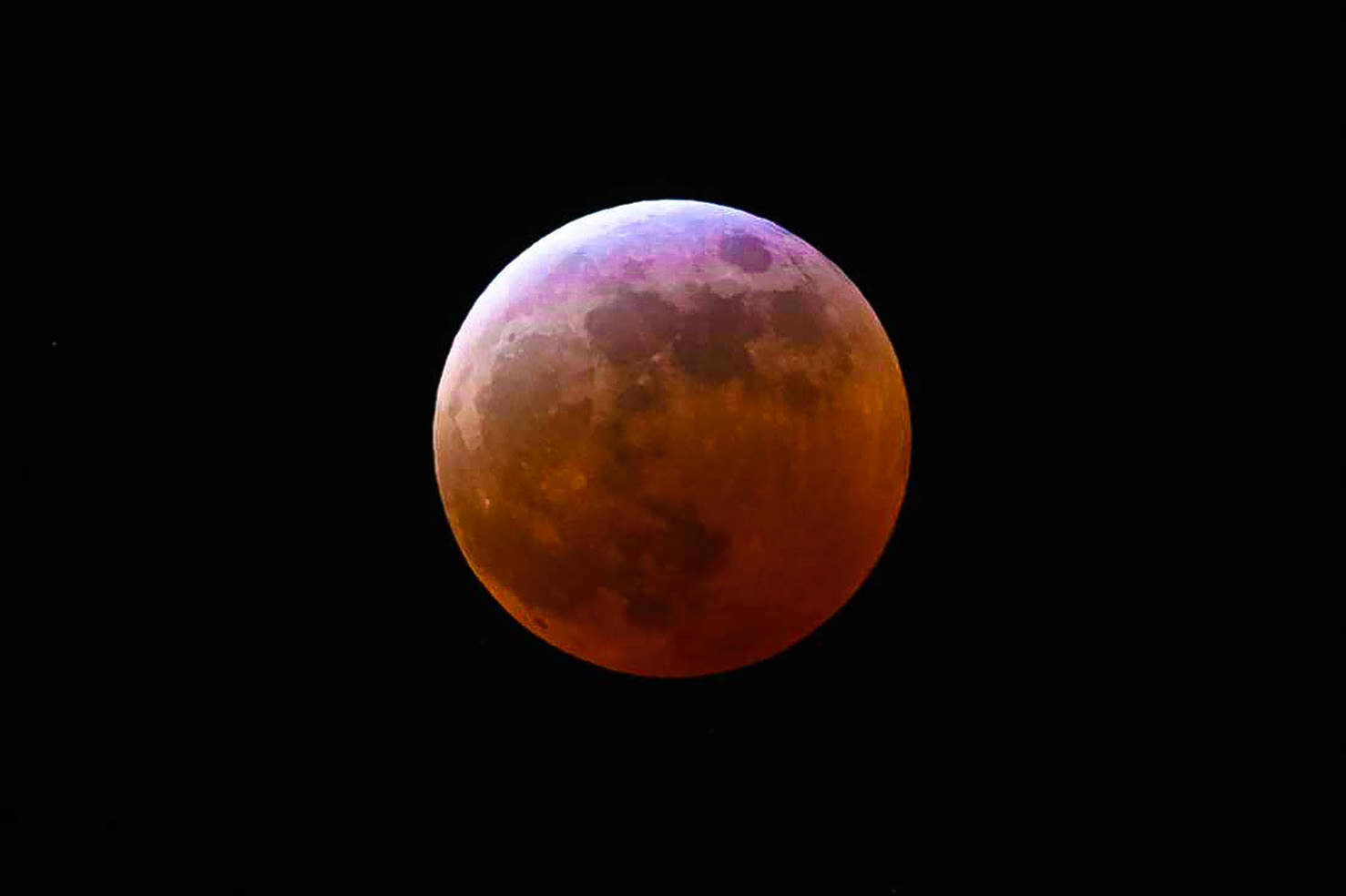
Easter, that spring vacation attesting to the resurrection of Jesus Christ, has always moved between our calendars between March 22 and April 25. This year Easter has found its spots on April 20 marking an unusually late appearance, creating widespread curiosity. But there is more to this story—a cosmos show of an uncommon ‘Blood Moon‘ which lends a spectacular sentiment to the season.
The fact that Easter is late this year demands an understanding of the interactions between solar and lunar phenomena with Church customs. Easter always falls on the first Sunday after the Paschal Full Moon, which is the first full moon occurring on or after the March equinox. The method synthesizes lunar with solar calendars as specified by the Council of Nicaea during 325 AD to normalize Christian observances.
Ecclesiastical traditions show that in 2025, March equinox will occur on Saturday, March 21. Making the subsequent full moon – the Paschal Full Moon appear on April 13. Based on the rule, Easter will be on next Sunday, April 20. This puts Easter relatively late, a rarity that only happens every 36 years or so, the last time in 2019, and won’t happen again until 2038.
The sky spectacle is further taken to the next level by the ‘Blood Moon’, which will occur on the same day as the Paschal Full Moon on April 13.
A ‘Blood Moon’ occurs when the Earth positions itself between the Sun and the Moon, casting a shadow that gives the Moon a reddish hue. This effect happens because Earth’s atmosphere filters out shorter blue wavelengths, allowing only red and orange light to reach the lunar surface.
This combination of a Blood Moon display together with a Paschal Full Moon creates an exceptional mystique for the Easter celebrations this year. Such alignments are infrequent, making this year’s observance particularly special for both astronomers and those who find spiritual significance in celestial events.
The late date of Easter in 2025 triggers changes in other related observances as well. Ash Wednesday, which marks the beginning of Lent, now falls on March 5, and Good Friday on April 18. This shift influences the scheduling of various liturgical events and even secular activities like school holidays and community festivals.
Jewish Passover tradition also starts on April 13 because it coincides exactly with the Paschal Full Moon. This synchronicity of lunar events across religious traditions highlights the shared heritage and interconnectedness of these observances.
The ‘Blood Moon’ on April 13 offers a unique opportunity for skywatchers. Total lunar eclipses are safe to view with the naked eye, unlike solar eclipses, making them accessible to everyone. In North America, the eclipse will be visible in the early hours, with the totality phase—when the moon is entirely within Earth’s shadow—lasting approximately 85 minutes. This provides enough time to view the full process where the moon evolves into a reddish globe high in the night sky.
Throughout history, ‘Blood Moons’ have been subjects of fascination and, at times, fear. Ancient cultures often viewed them as omens or messages from the divine. While we understand the science behind the phenomenon, the awe-inspiring sight still continues to captivate and inspire its observers.
The concurrence of a ‘Blood Moon’ with the Paschal Full Moon and the late Easter date in 2025 is a reminder of the dense interplay between our cultural practices and the cosmos. It underscores how celestial events have shaped, and continue to influence, human traditions and calendars.
Such celestial alignments are rare, making this year’s Easter season a unique moment in time. For educators, it’s an excellent opportunity to engage students in discussions about astronomy, history, and the interrelation between celestial events and cultural traditions. For families, it offers a chance to step outside, gaze at the night sky, and reflect on the wonders of the universe that have fascinated humanity for millennia.
As we approach April 20, 2025, the late Easter date and the accompanying ‘Blood Moon’ serve as a celestial reminder of the rhythms and cycles that govern our world. They invite us to pause, look up, and appreciate the cosmic ballet in which we all partake.
So, mark your calendars, not just for the Easter festivities, but also for the spectacular lunar display on April 13. Whether you are an avid astronomer or a casual observer,
You can continue reading by clicking here.
Share this article: